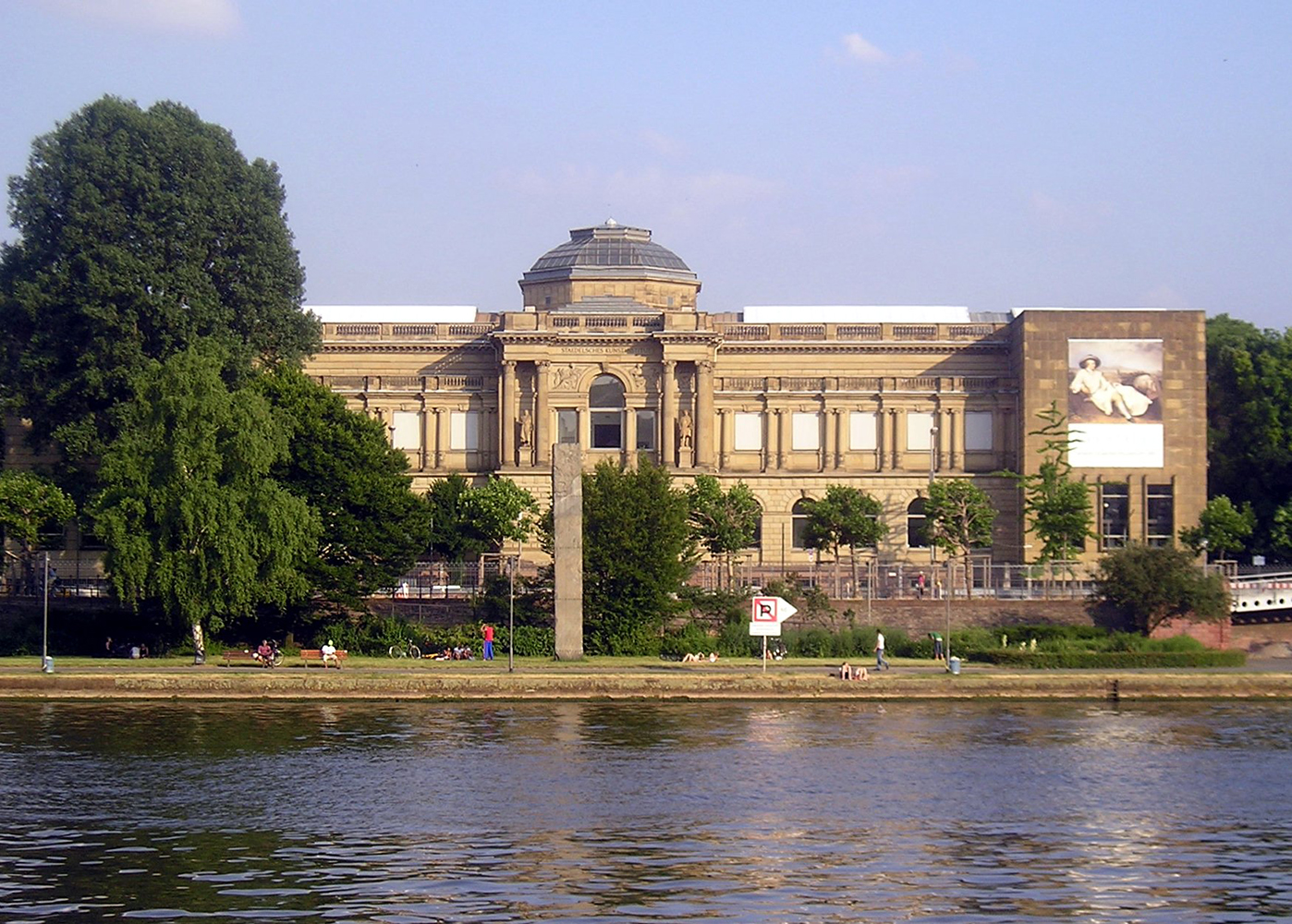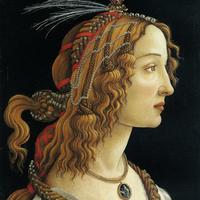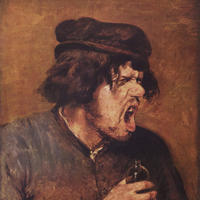More about Städel Museum
Works at Städel Museum

Sr. Contributor
The Staedel Museum, or the Städelsches Kunstinstitut und Städtische Galerie if you want to get technical, celebrated its 200th anniversary in 2015 with the motto “The Frankfurt citizen’s museum: a gift for everyone.”
It would be a much bigger gift if they would display more than 600 of the 2,700 paintings in their holdings, but with art spanning seven centuries with pieces by Vermeer, Degas, Rembrandt, Botticelli, Bosch, etc. on permanent display we can’t help but express gratitude for what we can see.
Located in an area of Frankfurt called Museumsufer (“Museum Embankment”) because of how many museums are there, the Staedel has been spicing up the German museum scene since its founding in 1815. Spice merchant Johann Friedrich Städel willed his home, 500 pieces of art, book collection, and his entire fortune to the foundation to benefit the people of Frankfurt. When the space became too crowded the collection was moved down the street, finally making its way to its current home in 1878. The current building was built specifically for the large collection, a collection which was made substantially smaller when in 1937 77 paintings and 700 prints were confiscated by the National Socialists party for being “degenerate art.” The sexy stuff was moved to the castle of Baron Thungen in 1939 to avoid being bombed by the Allies. Unfortunate for the socialists but fortunate for the people, the collection was discovered by Lt. Thomas Carr Howe of the American Monuments, Fine Arts and Archives program (aka The Momuments Men, aka that George Clooney movie no one saw). Despite being rediscovered the museum had been closed in 1943 to avoid the artwork being bombed, which it was the following year. It wasn’t until 1963, 20 years later, that the museum reopened.
The museum has gone from degenerate to divinely digital. Like Sartle, the museum understands the importance of the digital world to the art world. Not only has it begun offering free Wifi throughout the museum, but an app with audio guides, educational online games for kids, as well as online art books and history classes. Its latest renovation in 2012 also added a cool rooftop garden with skylights looking down into the contemporary art collection. With neighbors like the Museum Giersch and the Liebieghaus sculpture museum as well as free admission for children under 12, this beautiful and modern museum’s pithy 600 displayed paintings are definitely worth a visit.

Contributor
The beautiful Staedel building is one of Germany’s first and oldest art museums.
Considering how much more history there is across the pond in Europe, you’re probably thinking, dang that place must be ancient. Surprisingly, no. The idea for this building blossomed in 1816 upon the death of German businessman and banker Johann Friedrich Staedel. Just a year before he passed, Staedel wrote into his will that he wanted his estate to create the first public art collection for the citizens of Frankfurt.
Clearly a philanthropist at heart, it is probably a good thing he didn’t have kids. If my pops decided to donate his estate to the common good and leave me with nil, I'd feel a little left out, to say the least. Nonetheless, he didn’t have any youngsters to suck his fortune dry nor a wife to share it with. Perhaps that is why he collected so much art, because it was his only true love. I can dig the sentiment, but then again, maybe he was just trying to fill a void. Either way, his addiction to art allowed Germany to inherit one of the most rocking art collections around.
By the time he died, he had collected about 500 paintings and 2,000 prints and drawings. Soon after his death, Germany began creating a museum to house his collection. All was going well until 1937 when the when the Nazis rolled in and confiscated 77 paintings and 700 prints declaring it “degenerate art”. In 1939, the rest of the collection was moved from Frankfurt to Bavaria in an attempt to protect the work from being destroyed by bombings in WWII.
The museum was substantially damaged by air raids and was finally rebuilt in 1966. Since then, more renovations have been made, which include an underground gallery with crater like holes in the ceiling to let in natural light. A little bunker-like considering its troubled past, but still pretty cool to see.
Featured Content
Here is what Wikipedia says about Städel

The Städel, officially the Städelsches Kunstinstitut und Städtische Galerie, is an art museum in Frankfurt, with one of the most important collections in Germany. The Städel Museum owns 3,100 paintings, 660 sculptures, more than 4,600 photographs and more than 100,000 drawings and prints. It has around 7,000 m2 (75,000 sq ft) of display and a library of 115,000 books.
In 2012, the Städel was honoured as Museum of the Year by the German art critics association AICA. In the same year the museum recorded the highest attendance figures in its history, of 447,395 visitors. In 2020 the museum had 318,732 visitors, down 45 percent from 2019, due to the COVID-19 pandemic. It ranked 71st on the list of most-visited art museums in 2020.
Check out the full Wikipedia article about Städel













